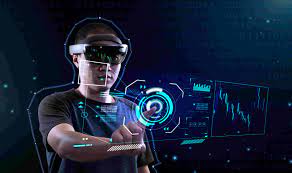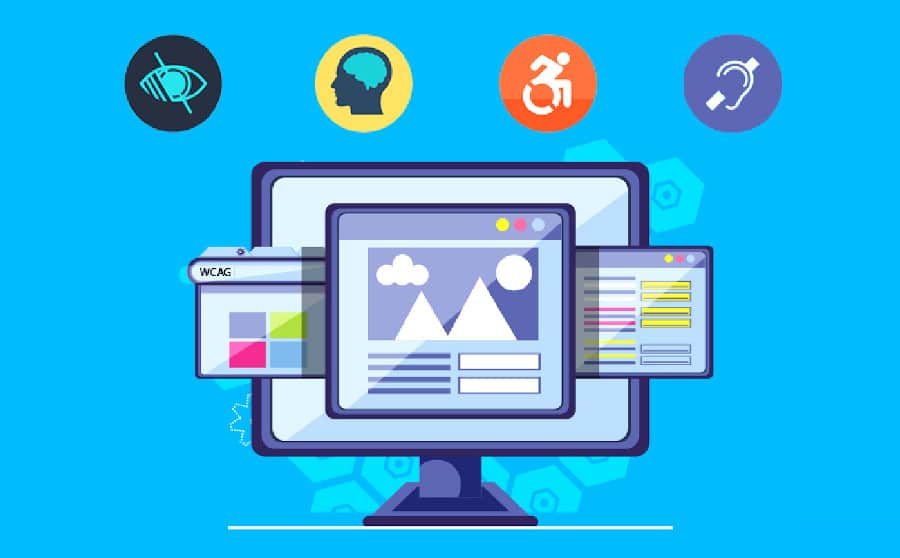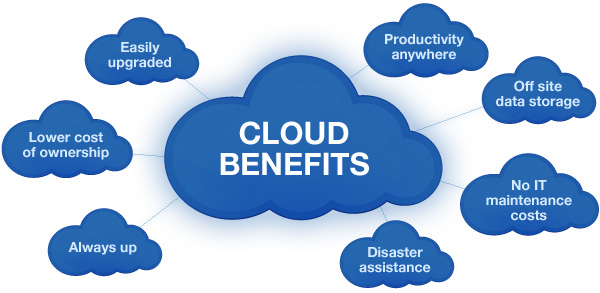Defining the virtual reality and augmented reality for applications
Virtual reality and augmented reality have ushered in a technological revolution that is transforming industries and aspects of our lives.

Among these cutting-edge technologies, Virtual Reality (VR) and Augmented Reality (AR) have emerged as transformative tools with the potential to revolutionize numerous industries.
From WWT to IT services, these immersive technologies are opening up new possibilities and redefining the way we interact with the digital world.
In this blog post, we will delve into the boundless potential of VR and AR, exploring their applications across various domains and highlighting their role in the ongoing technological revolution.
The Technological Revolution with Virtual reality and Augmented reality
The term "technological revolution" often brings to mind images of the industrial revolution or the digital revolution. However, in recent years, we have been witnessing a revolution of a different kind?one that is rooted in the convergence of cutting-edge technology. This revolution is characterized by the integration of VR and AR into our daily lives, redefining the way we work, play, and learn.
Virtual reality and Augmented reality Defined
Before we dive into their applications, let's clarify what VR and AR entail.
- Virtual Reality (VR): VR immerses users in a completely digital environment, typically through the use of a headset or goggles. It shuts out the physical world and replaces it with a computer-generated one, allowing users to interact with the virtual world.
- Augmented Reality (AR): AR, on the other hand, overlays digital information and content onto the real world. It enhances our perception of reality by adding digital elements, often viewed through smartphones or AR glasses.
Now, let's explore how these technologies are reshaping various industries and domains.
1. WWT (Worldwide Web Technologies):
The integration of VR and AR into the world of web technologies is on the rise. These immersive technologies are changing the way we browse, shop, and interact online.
- Virtual Shopping: Imagine being able to try on clothes virtually before making an online purchase. VR and AR make this possible by allowing users to create lifelike avatars and virtually try on clothing, thus enhancing the online shopping experience.
- Virtual Tours: VR-powered virtual tours enable individuals to explore destinations, museums, and historical sites from the comfort of their homes. This has tremendous potential for the travel and tourism industry.
2. IT Services:
The IT services industry is undergoing a transformation with the integration of VR and AR. These technologies are being utilized for a wide range of applications, from employee training to customer support.
- Employee Training: VR and AR offer a highly immersive and interactive platform for employee training. Employees can simulate real-life scenarios and practice skills in a safe and controlled environment. This is particularly beneficial in industries such as healthcare and manufacturing.
- Customer Support: AR-powered apps and solutions are being used to provide real-time assistance to customers. For instance, remote support technicians can guide users through troubleshooting procedures by overlaying digital instructions onto physical products.
3. Healthcare:
The healthcare industry is leveraging VR and AR to improve patient care, medical training, and even therapy.
- Medical Training: Surgeons can practice complex procedures in a risk-free virtual environment before performing them on real patients. This not only enhances their skills but also reduces the potential for errors.
- Therapeutic Applications: VR is increasingly used for therapeutic purposes, particularly in treating conditions like phobias, PTSD, and anxiety disorders. VR simulations can expose patients to their fears in a controlled and gradual manner, facilitating desensitization.
4. Education:
In the field of education, VR and AR are revolutionizing the way students learn and engage with course materials.
- Immersive Learning: VR allows students to immerse themselves in historical events, explore outer space, or dive into the human body for biology lessons. This hands-on approach to learning makes complex subjects more engaging and understandable.
- Interactive Textbooks: AR can transform traditional textbooks into interactive learning experiences. Students can scan pages with their smartphones to access additional explanations, videos, or 3D models related to the content.
5. Entertainment:
The entertainment industry has been quick to adopt VR and AR technologies, enhancing the viewer experience in various ways.
- Virtual Concerts and Events: VR concerts and events allow fans to attend live performances from the comfort of their homes. With VR headsets, users can feel like they are right in the front row of their favorite concerts.
- Interactive Storytelling: AR is used to create interactive stories that blend digital elements with the real world. This form of storytelling engages audiences on a whole new level, as they actively participate in the narrative.
6. Viva Technology:
Viva Technology, often referred to as VivaTech, is a global event where startups and leaders in technology and innovation come together to showcase their latest breakthroughs. VR and AR are central to this event, demonstrating their potential to transform industries and create new opportunities for business and innovation.
- Experiential Booths: VivaTech exhibitors use VR and AR to create immersive experiences that allow attendees to interact with their products and services in a more engaging and memorable way.
- Networking and Collaboration: VivaTech leverages AR to enhance networking opportunities. Attendees can use AR-powered apps to identify and connect with potential partners and collaborators.
Unlocking the Future with VR and AR
As we navigate the fast-paced world of technology, VR and AR stand out as game-changers. Their potential across various industries, from WWT to IT services, is vast and continually expanding. These technologies have already started to reshape the way we live, work, and play, and their influence will only grow in the years to come.
In this ongoing technological revolution, it is crucial for businesses, educators, healthcare providers, and entertainment companies to embrace VR and AR as tools for innovation and transformation. As these technologies become more accessible and affordable, their integration into everyday life will become even more pronounced.
The future is undoubtedly exciting for VR and AR enthusiasts and professionals alike. As these technologies continue to evolve, we can expect to see even more groundbreaking applications that will redefine our reality and push the boundaries of what is possible.
Whether it's virtual shopping, immersive education, or interactive entertainment, VR and AR are poised to unlock a world of possibilities, and the journey has only just begun.
What's Your Reaction?
















